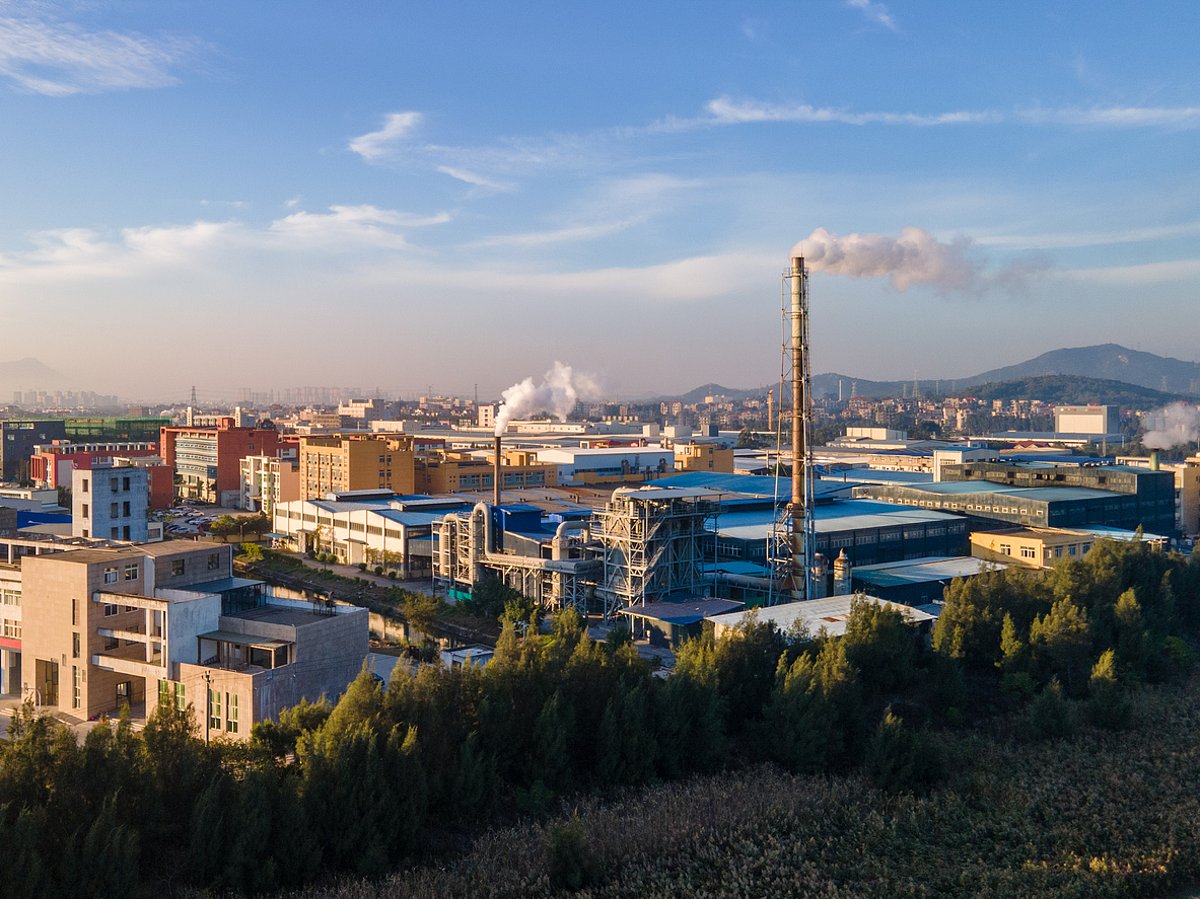Japan and South Korea, for instance, are bankrolling CCS-linked hydrogen and ammonia ventures across Asia, even as renewables become cheaper and more efficient. Australia and Indonesia are positioning themselves as regional CO2 storage hubs, while Malaysia and Thailand have amended laws to attract CCS investment.
According to the International Energy Agency’s Global Hydrogen Review 2024 report, in 2023, global hydrogen production emitted 920 tonnes of CO2. For hydrogen from steam methane reforming (natural gas), abatement costs are estimated at around $60-85 per tonne CO2 for capture rates of 55-70 per cent, and $85-110 per tonne CO2 for rates above 90 per cent. However, carbon capture alone is not sufficient; upstream and midstream emissions must also be tackled.
Locked into the wrong future
The report estimates that if Asia follows a “high-CCS” trajectory with poor performance, it could add emissions equivalent to the lifetime CO2 output of South Korea and Australia combined. Even if CCS deployment fails to scale, the region risks wasting billions and delaying investment in renewable power, batteries and electrification.
“This isn’t just a climate risk — it’s an economic trap,” warned Michiel Schaeffer, chief scientist at Climate Analytics. “Asian economies could lose competitiveness to countries betting on cheaper, proven renewable technologies.”
CCS also threatens to crowd out carbon removal efforts and strain geological storage capacity. “Every tonne of CO2 pumped underground for fossil fuels is one less tonne that could be used for genuine carbon removal,” said Schaeffer.
Cheaper, cleaner, faster alternatives
The report underscored that Asia’s energy transition doesn’t need to rely on CCS. Renewables already outcompete fossil fuels across most of the continent. Solar power in India, China and Vietnam costs up to half as much as new coal or gas plants. Battery prices have plunged nearly 70 per cent in four years, making firmed renewable power increasingly viable.
“Asia’s cheapest, safest and fastest route to net zero is a low-CCS pathway,” said Bill Hare, chief executive of Climate Analytics. “That means massive renewable buildout, rapid electrification, and phasing out fossil fuels — not capturing carbon just to burn more of it.”
